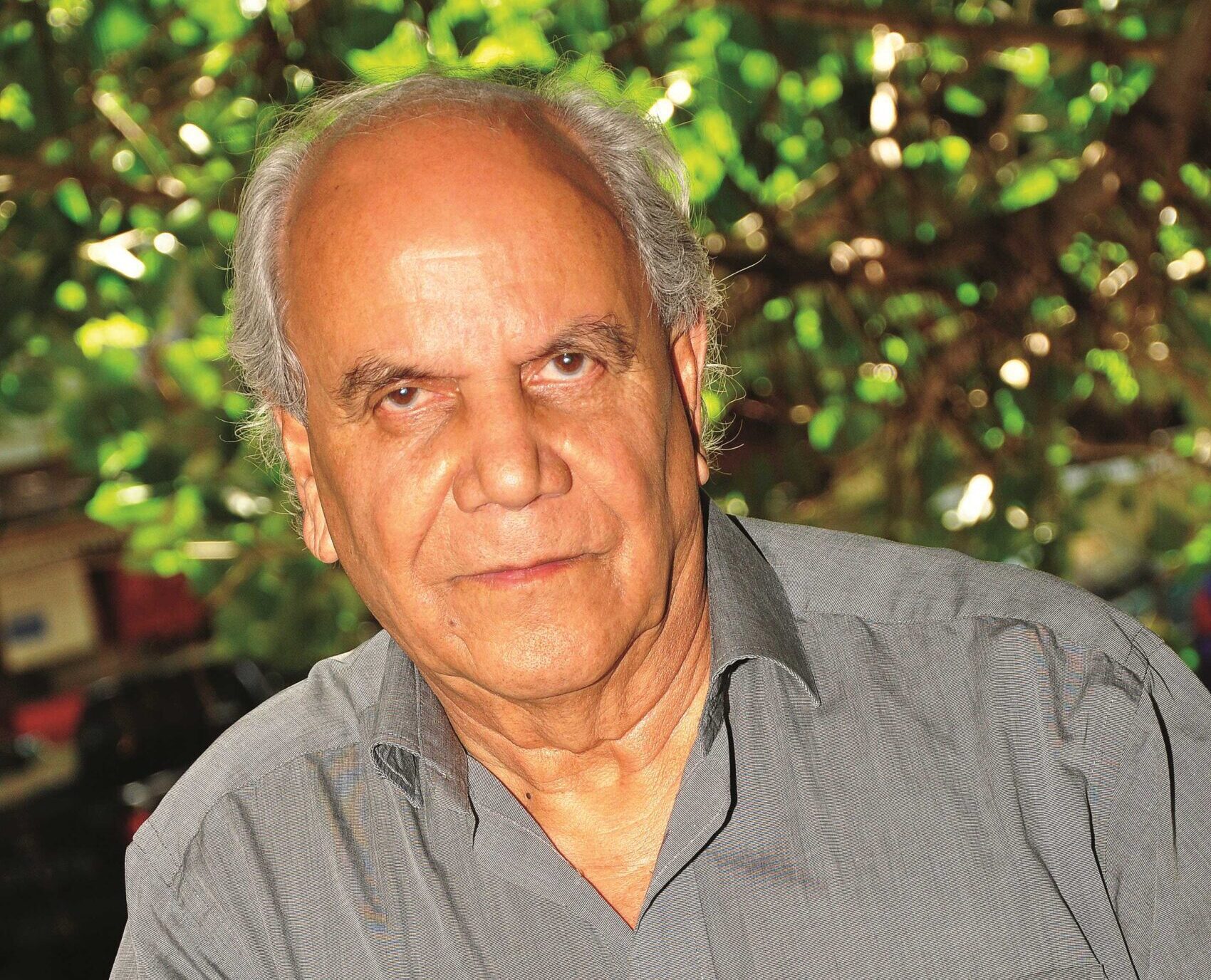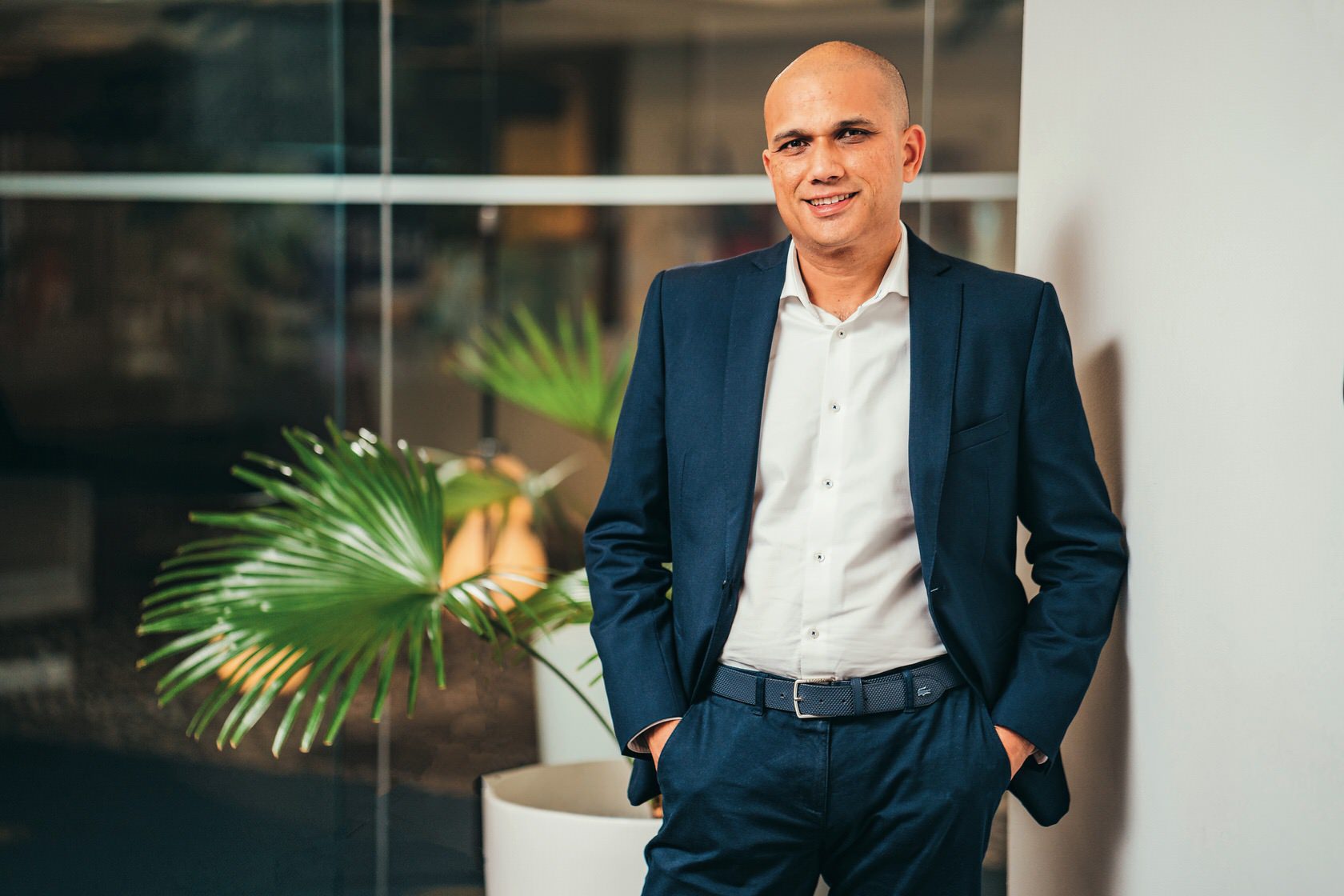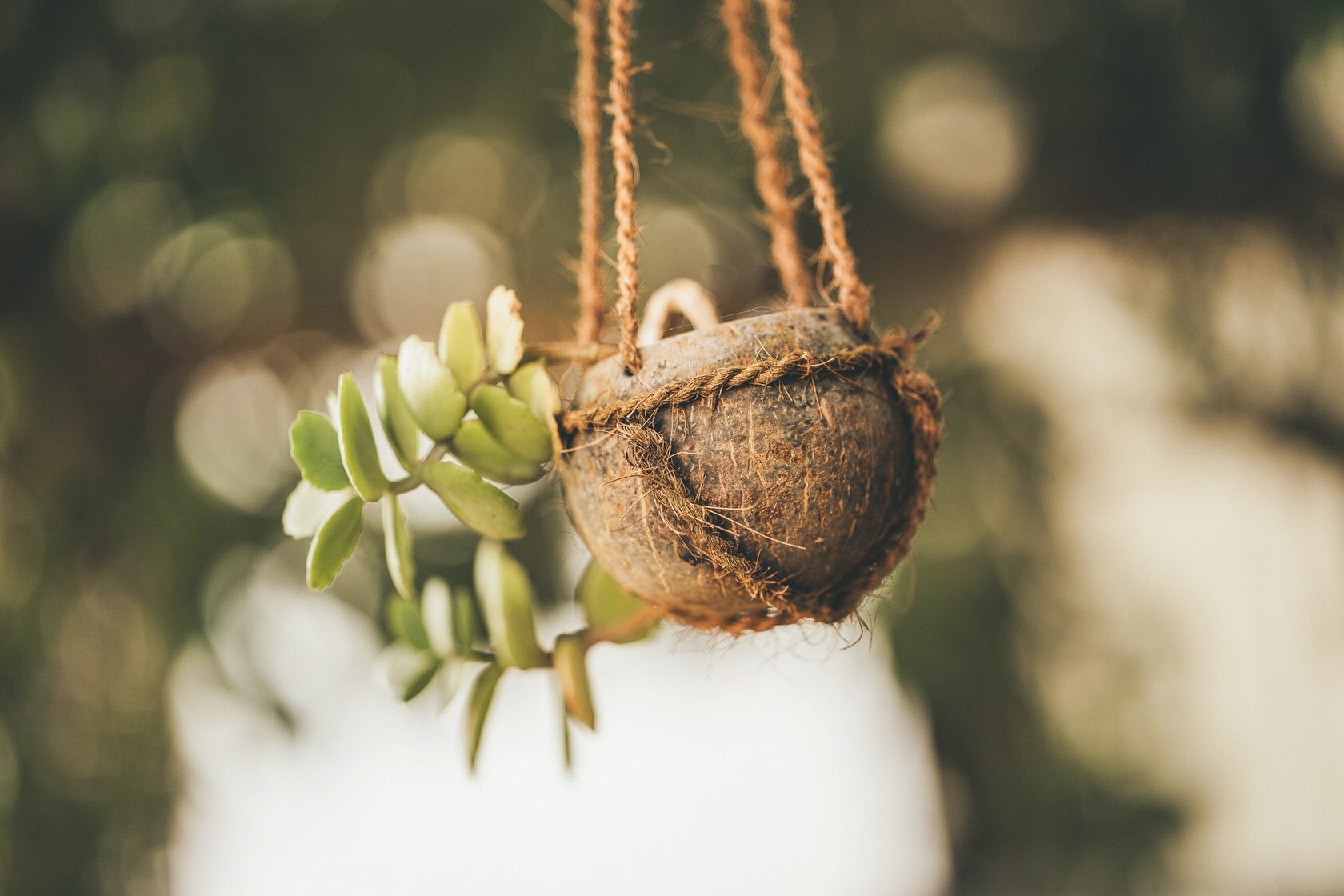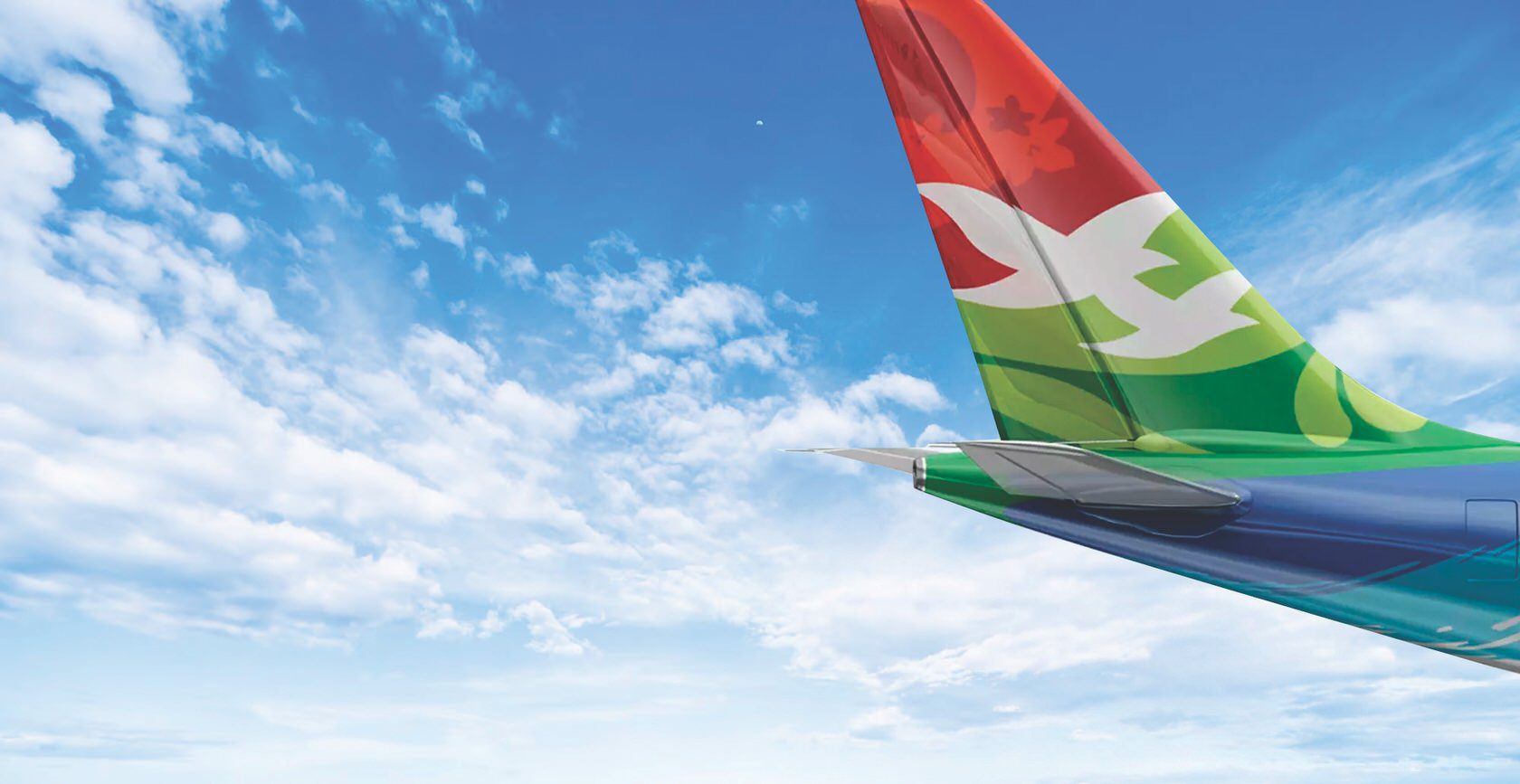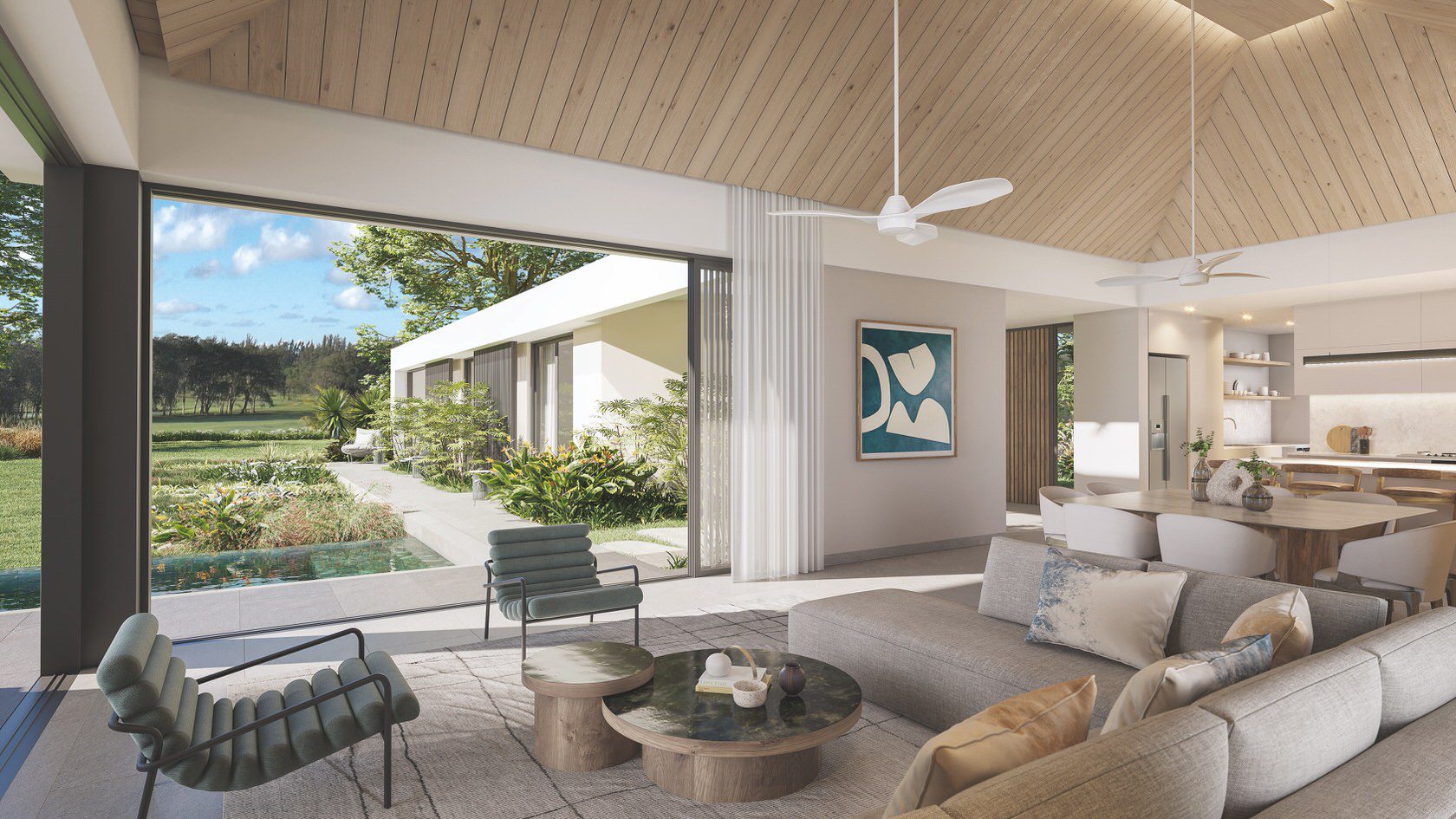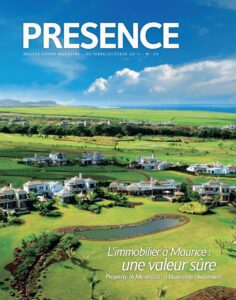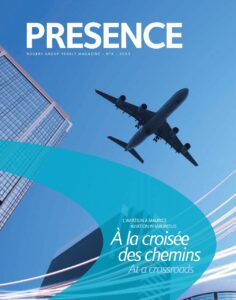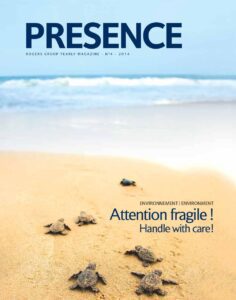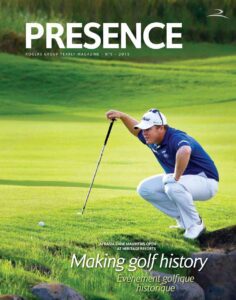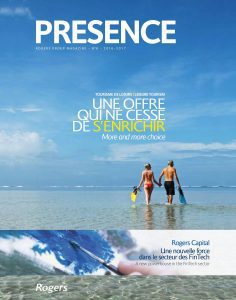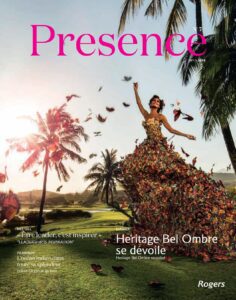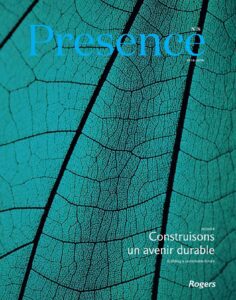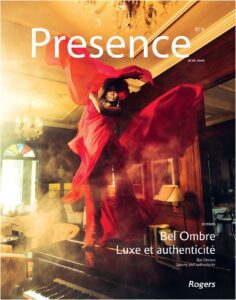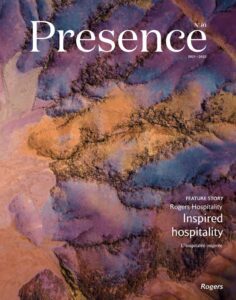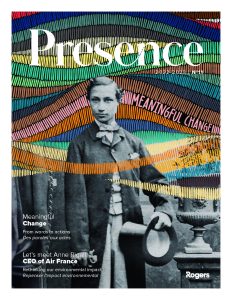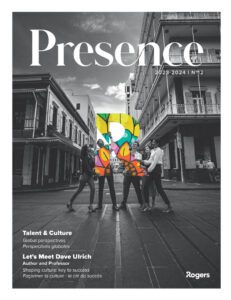The tourism centre, Domaine de Bel Ombre, was originally a prosperous agricultural estate which blossomed under Charles Telfair two centuries ago. Armand Maudave paints a portrait for us of this attractive character.
For Armand Maudave, there is no question that Charles Telfair was seen as a “real gentleman” of his period.
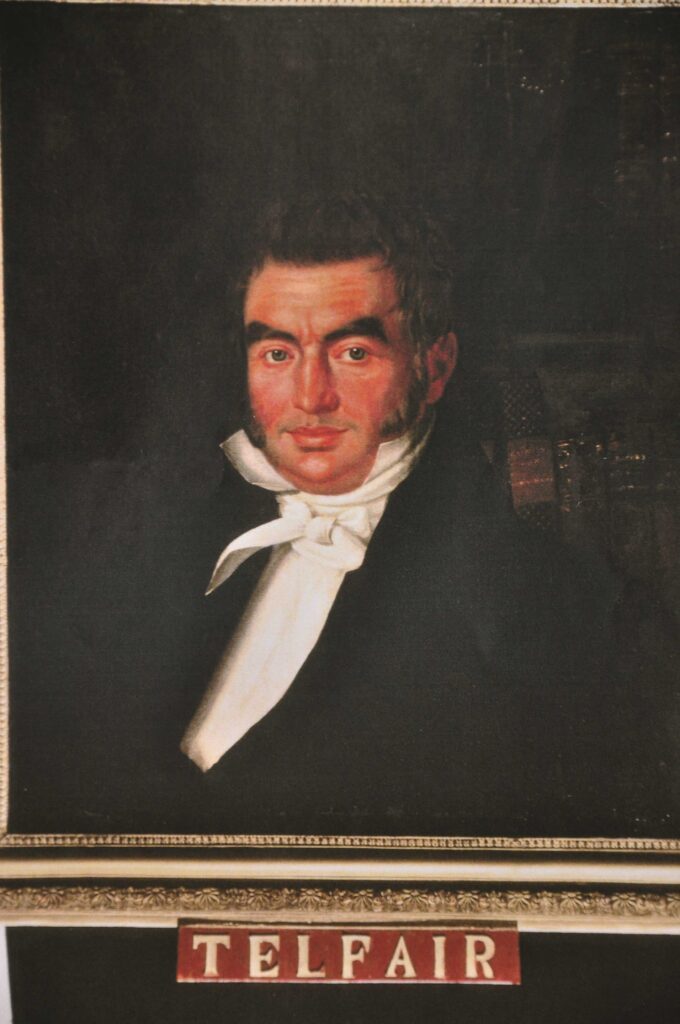
During that period, Charles Telfair showed himself to be an enthusiastic naturalist, explains Armand Maudave. At the Domaine de Bel Ombre, which he bought and developed, his research inspired him to use techniques that would encourage better agricultural production.
“The site’s name dates back to the 18th century. Lest there be any misunderstanding, there is no grammatical error in the name, for Ombre (shade) is not what you might think. The name,” says Armand Maudave, “has nothing to do with being protected from the sun by the magnificent trees on the estate. Rather, it owes its use to the discovery by early French settlers, somewhere in the water features that dot the estate, of a fine specimen of the freshwater fish of the salmonides family known as the ombre (grayling in English)”.
Once he’s clarified the etymology, the one-time diplomat and history enthusiast happily goes on to share the fruit of his research into the Domaine de Bel Ombre’s past with us. This leads us to the traces left two hundred years ago by Charles Edward Telfair, a quite exceptional individual to whom Mauritians and Science owe a huge debt.
Born in what is now Northern Ireland in 1778, he accompanied the British forces as a doctor during their conquest of the then Isle de Bourbon (Reunion Island) and the Isle de France in 1810. He settled in Mauritius in 1811 and remained here until his death in 1833.
“During that period, Charles Telfair showed himself to be an enthusiastic naturalist,” explains Armand Maudave. “At the Domaine de Bel Ombre, which he bought and developed, his research inspired him to use techniques that would encourage better agricultural production. Through the Natural History Society of Mauritius, which he and other well-known scientists founded, his techniques were passed on to other owners of sugarcane fields. In general, it was settlers of French origin who were thus able to adapt their ways of working to the legal constraints of the new colonial power: British law forbade the use of slave labour”.
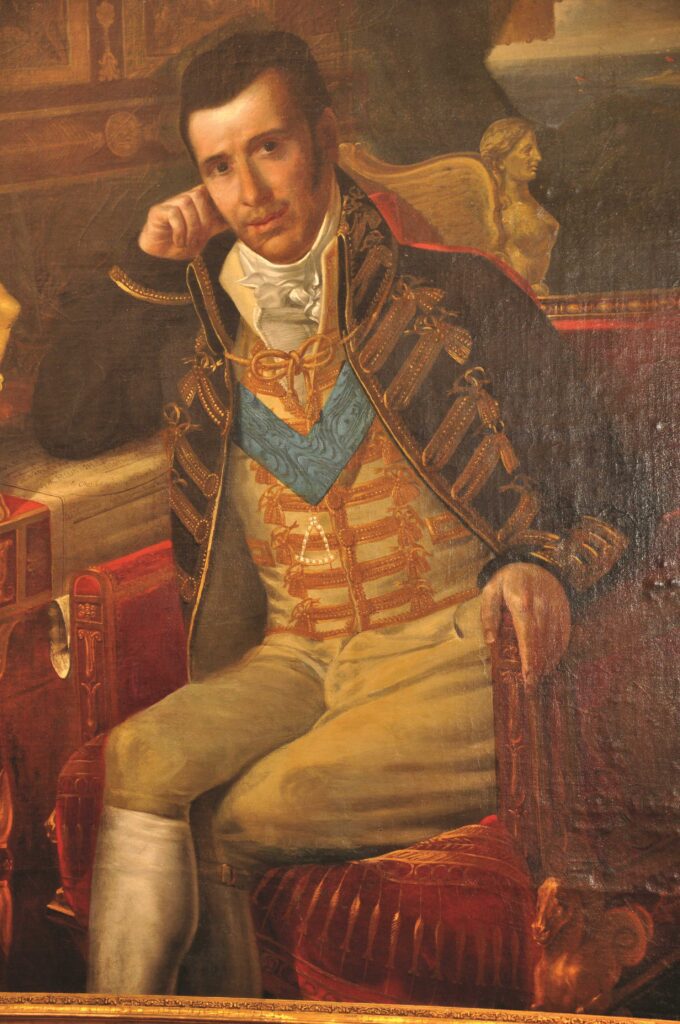
Robert Townsend Farquhar, the first Governor-General of the Mascarenes nominated by the British Crown.
A gentleman who enjoyed entertaining
For Armand Maudave, there is no question that Charles Telfair was seen as a “real gentleman” of his period.
“His wish to fraternise with his French neighbours did not limit itself to the field of botany. So far as his fortune would allow, he and his wife Annabella, a talented watercolour painter, organised lavish receptions, during which the earlier settlers and the new colonists were able to meet and learn to know and appreciate each other better. The Irish aristocrat spent a lot of money. At the end of his life, in his modest house in Port Louis, he continued to take pleasure in inviting his friends. But ‘without champagne’ as he would admit with regret.
“Through his open-mindedness and his sense of hospitality,” Armand Maudave tells us, “the original developer of Bel Ombre played a role similar to that of Robert Townsend Farquhar, the first Governor-General of the Mascarenes nominated by the British Crown”.
“No sooner had he disembarked in Port Louis, this senior Royal Naval officer put on his apron of a worshipful member of the Grand Lodge of Scotland and hurried to meet his local freemason brethren in the Lodge of Triple Espérance. The relations between Farquhar, the Lodge’s Senior Warden, and the colony were so good that, when the moment came for him to leave definitively for Britain on 20th May 1823, most of the French, who had originally challenged British rule, expressed regret to see him leave.
“With Telfair and Farquhar,” Armand Maudave goes on, “there was also another individual who helped to build bridges between the French and British communities at the time, Colonel Edward Alured Draper. Soon after he was posted to Mauritius in 1812, he founded the Mauritius Turf Club and started horseracing, which quickly brought everyone together around the Champ de Mars track”.
Draper, Farquhar and Telfair, three important figures who helped in the gentle transition from one authority to another. This stability encouraged the island’s commercial development around the sugar industry, which was later to form the basis of commercial developments, such as those linked to tourism.
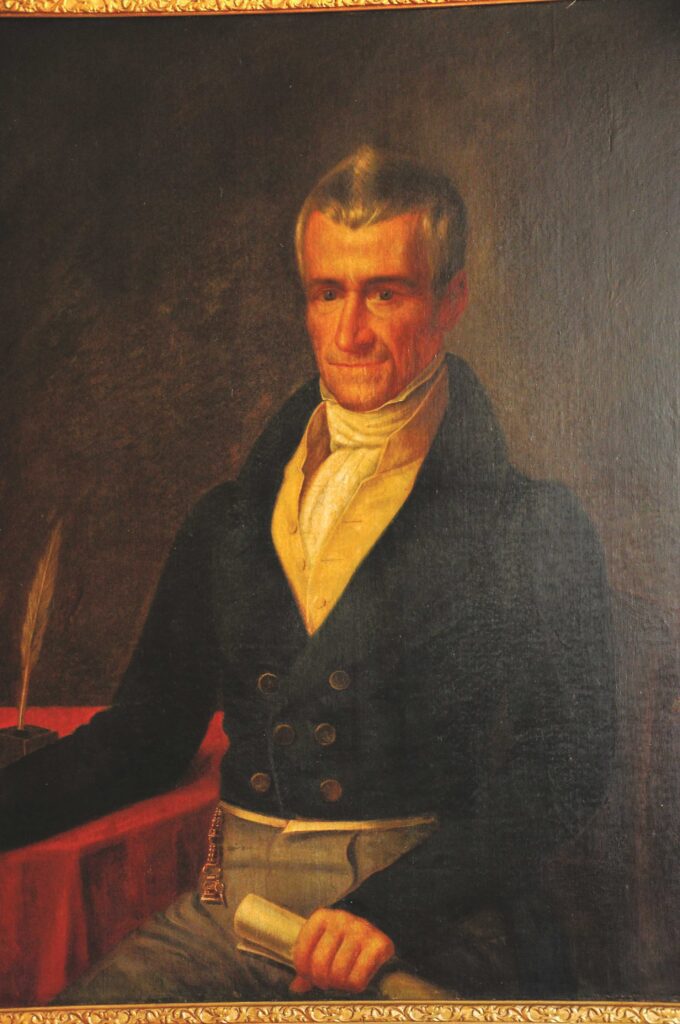
Colonel Edward Alured Draper –
Soon after he was posted to Mauritius in 1812, he founded the Mauritius Turf Club and started horseracing, which quickly brought everyone together around the Champ de Mars track.
An influence internationally
“Coming back to Charles Telfair, his work as a naturalist continued to have an influence long after his death and well beyond the shores of the Indian Ocean. Firstly through the history of a variety of banana. The fruit of a plant originally imported from China, grown on the Domaine de Bel Ombre and given as a present to the Duke of Devonshire, was the inspiration for the name of a variety of banana, the Cavendish. It is the most common variety eaten in Britain today. For those who may not know it, Cavendish is the family name of the dukes of Devonshire, and so of the man who encouraged the cultivation of bananas identical to the plants provided by Charles Telfair in various British colonies The banana plants had been carefully preserved by the British aristocrat in one of his greenhouses.
“But his scientific fame does not stop there,” says Armand Maudave. “Telfair figures in the annals of science as the name that designates species such as the echinops telfairi, a kind of small hedgehog endemic to the forests of Madagascar.
“Finally,” he concludes, “it is worth recalling for the record that having served as doctor for Admiral Nelson’s fleet in the Battle of Trafalgar (when the French navy was crushingly defeated), Telfair was nevertheless decorated as a Chevalier of the Order of the French Legion of Honour on the recommendation of his colleague, French scientist Georges Cuvier, when he passed through Paris several years later”.
A vivid example of this intermingling of French and British characteristics, as well as others from Asia and Africa, Mauritian society today still cultivates the memory of this remarkable man. In books but also in the Domaine de Bel Ombre, where the areas for receptions at the Heritage Le Telfair are known as Annabella and Cavendish. Telfair, the name of the scientist and humanist for ever linked to this magnificent part of the island, where the Rogers Group intends to perpetuate two principles dear to the heart of the one-time owner of the Domaine, his interest in the world of nature and his sense of hospitality.

